The Vision system is based on a lean manufacturing discipline, maximising productivity while minising waste. It is a system for the world we live in today: faster, safer, low in carbon, high in performance.
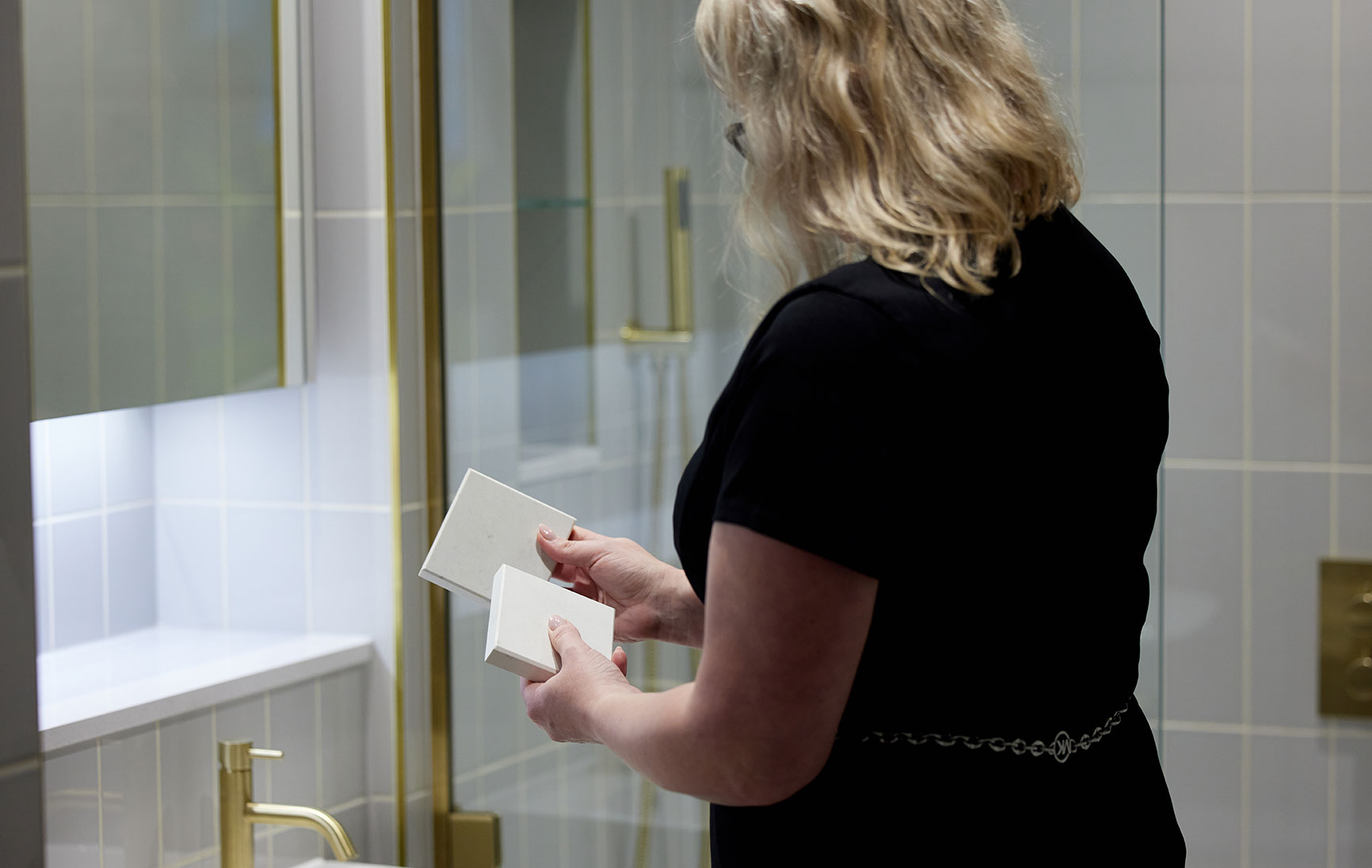
We bring the manufacturing discipline of the car industry to construction. Assembly is carried out to millimetre-precise tolerances by skilled operatives in a controlled environment, ensuring the highest levels of structural performance and passive fire resistance. The assembly line takes the units all the way through to plumbing, painting and installation of white goods. A QR code links each unit to a cloud-based system, allowing all workmanship and components to be recorded and monitored.
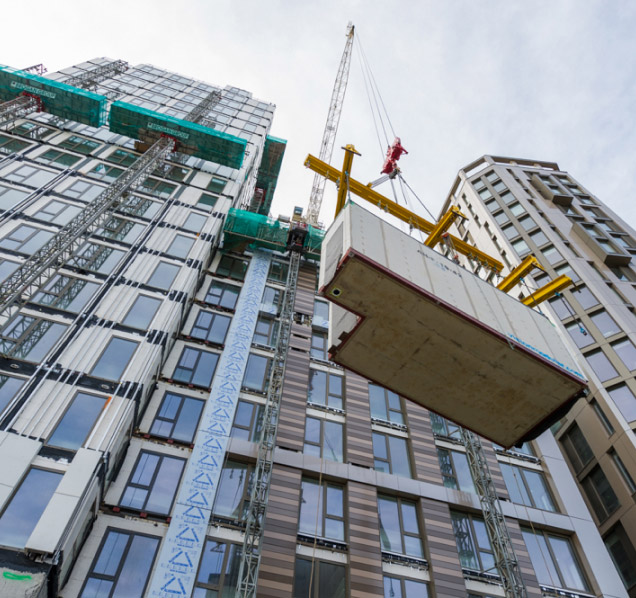
Work is carried out in parallel on site and in the factory, reducing programmes by up to 50%. The factory environment also boosts productivity – by up to 80%. It takes just 10 days to complete a unit, 90% fitted out and ready for delivery.
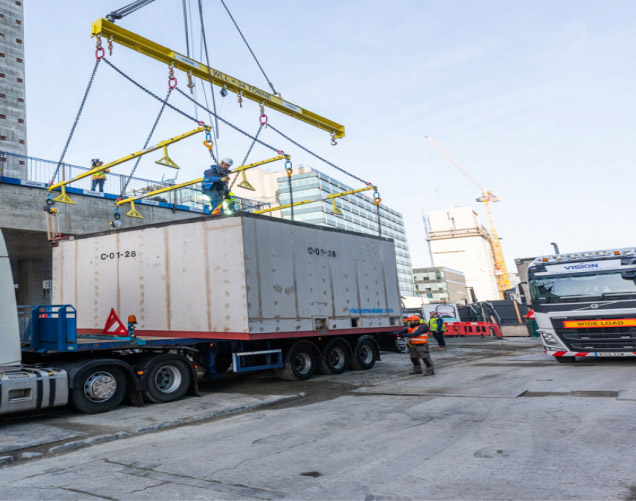
Because the units arrive on site almost fully completed, vehicle movements are reduced by up to 80%, making the surrounding roads far safer. Work on site is simplified, with wet trades minimised, and more than 60% fewer workers. Noise, dust and transport emissions are all reduced.
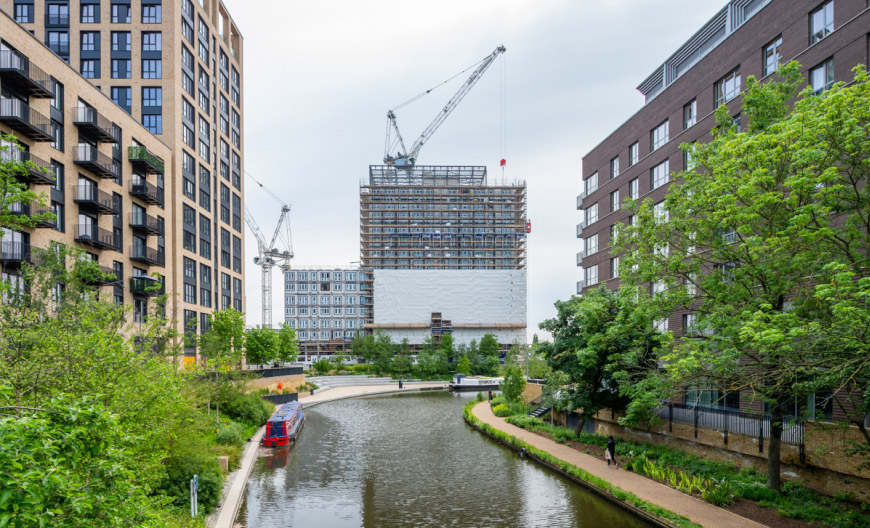
Made from hot-rolled steel with reinforced concrete floors, Vision is one of the most robust volumetric systems in the world. Units are designed for a long life, with BOPAS accreditation to demonstrate durability and system integrity.
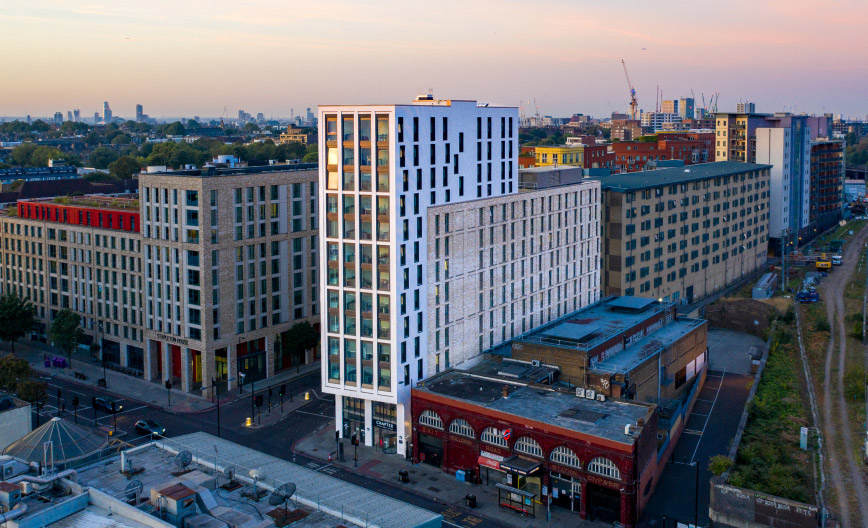
Architects maintain full control over design. The system can be customised to incorporate complex multi-sided shapes and massing, as well as a variety of facade treatments, suitable for a range of asset classes. We can design schemes from the start, or take on traditionally designed schemes and adapt them for our volumetric system, right up until the technical design stage.
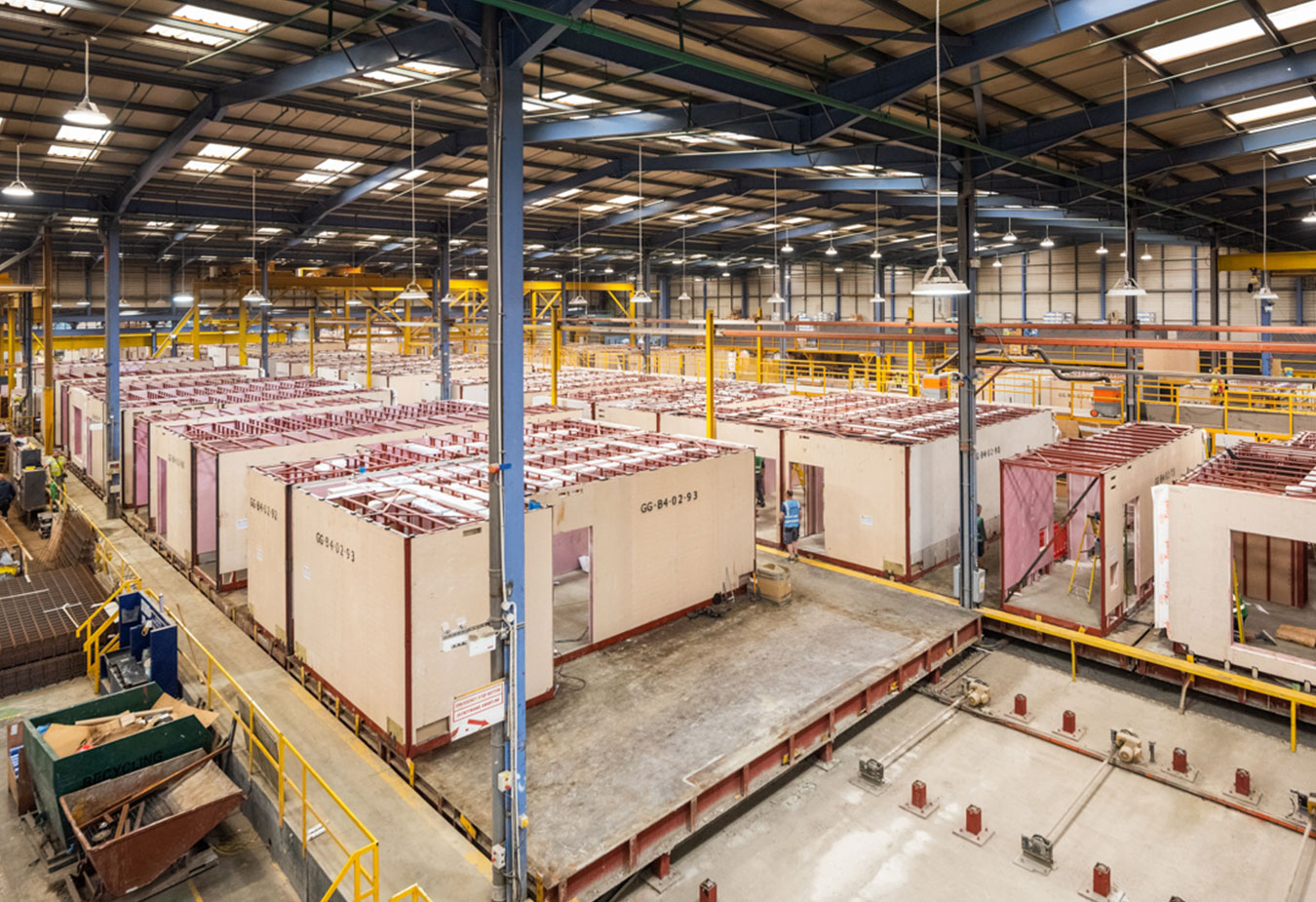
The volumetric units move through the factory floor to each manufacturing station. People, materials, equipment and machinery do not need to move, enhancing efficiencies and reducing damage.
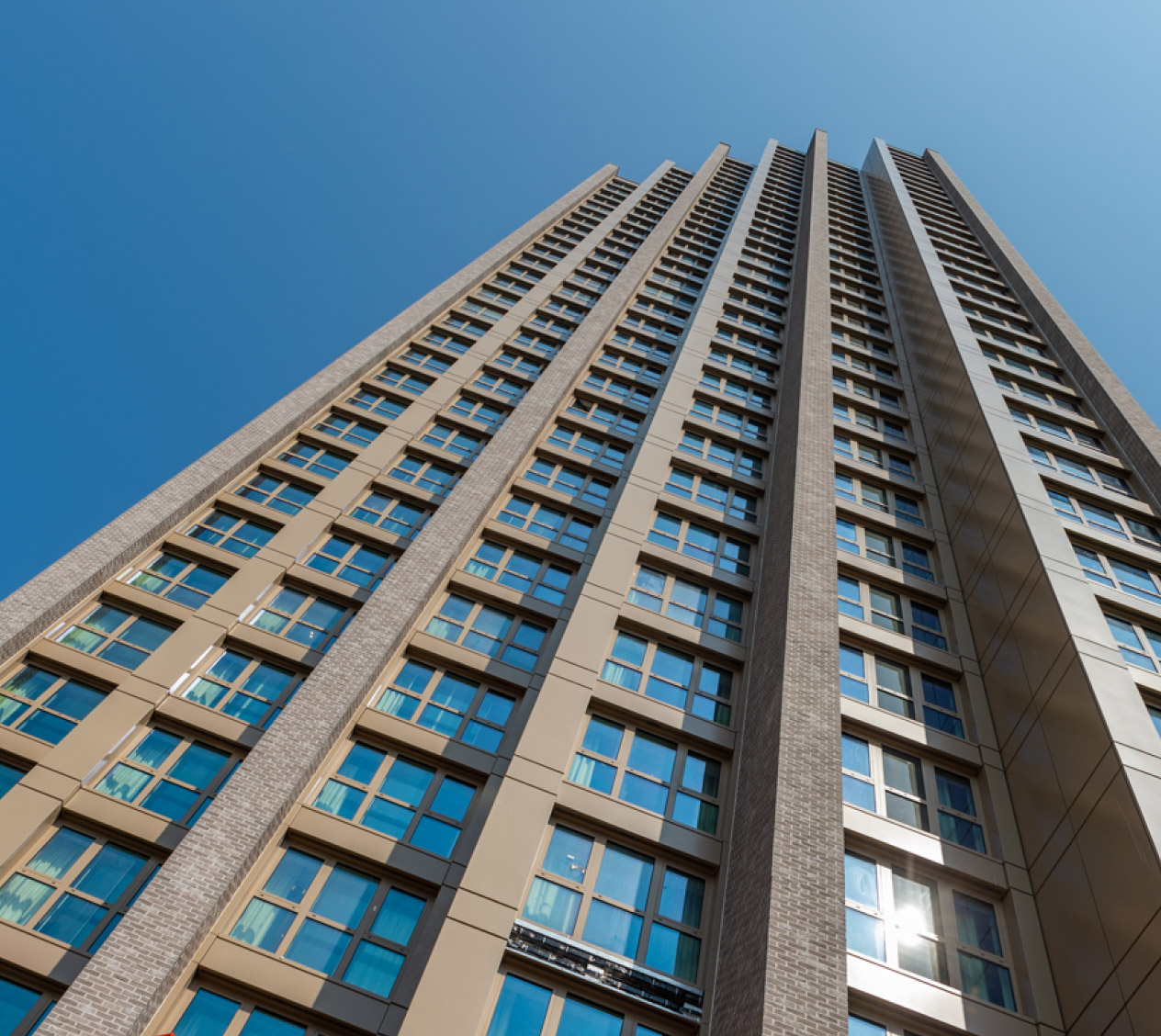
When building at height, the volumetric efficiency provides the possibility of adding extra floor plates within the overall massing, without compromising the floor to ceiling height. We can also add additional NIA (Net Internal Area) due to the efficiency of the volumetric walls.
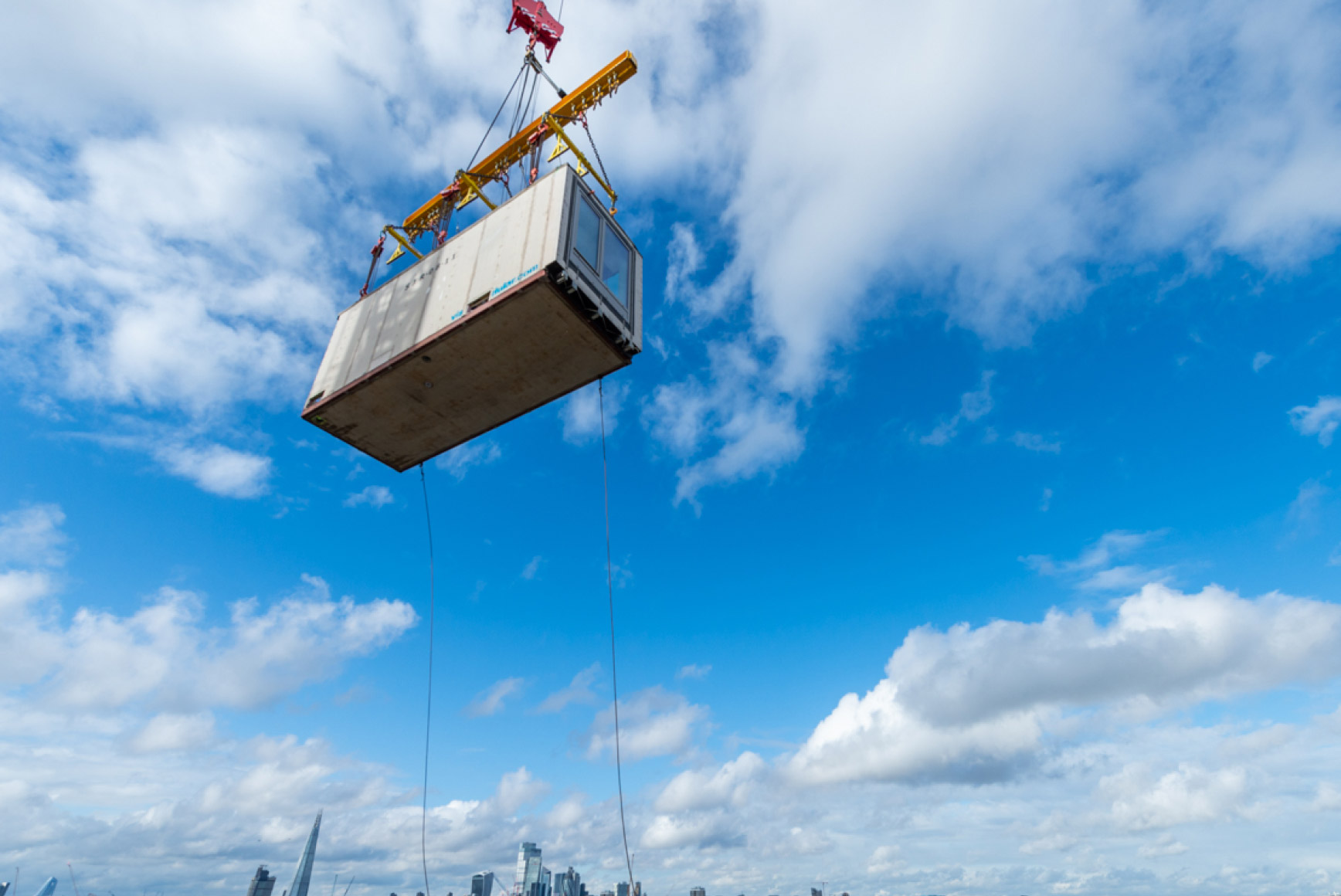
The Vision system has undergone many years of research, development and testing, resulting in comprehensive accreditation and structural warranties. Assets incorporating the system have qualified for 12-year liability insurance against defects, loss of rent, M&E and other risks (at the client’s request).
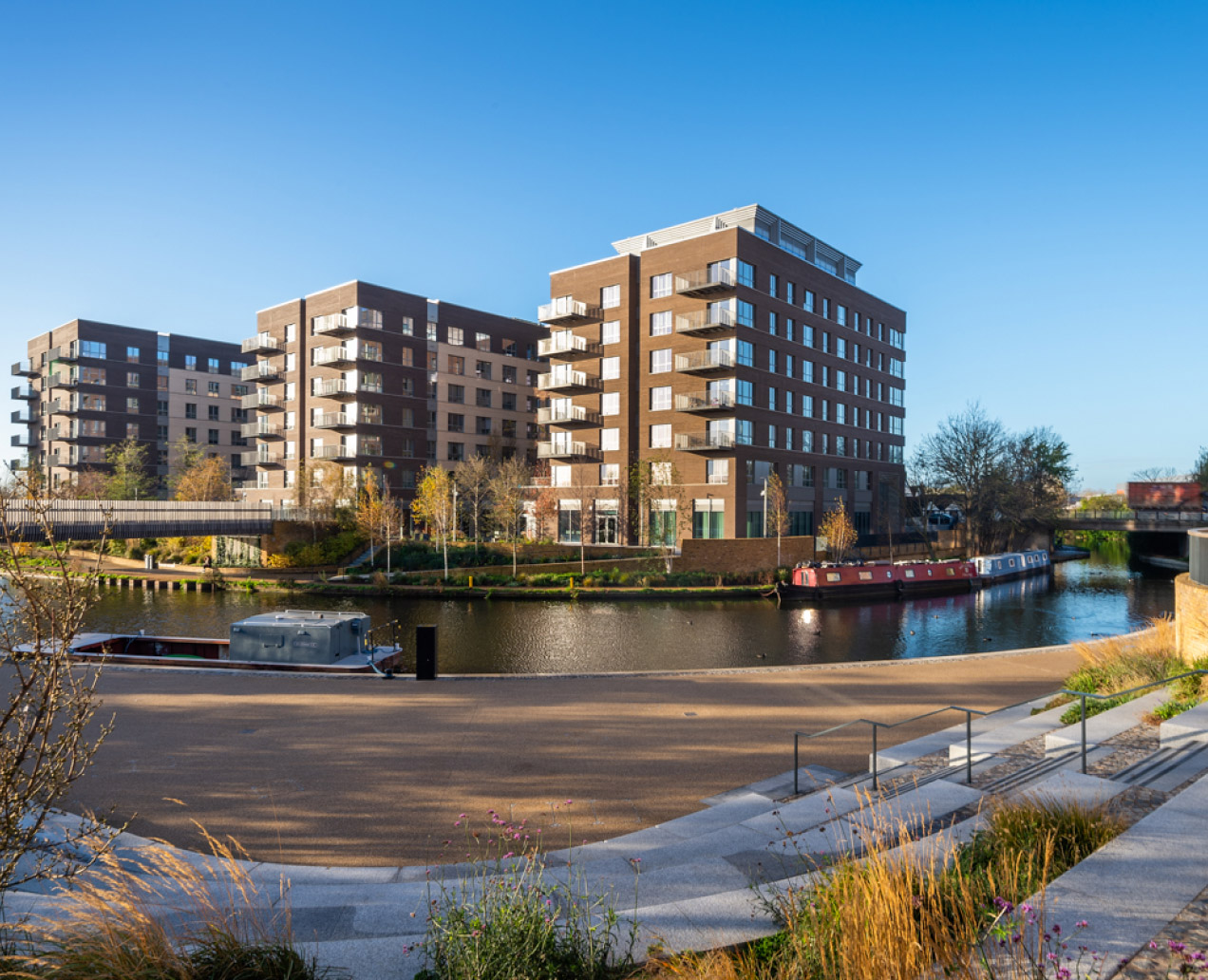
Our process takes place in a clean, internal environment, carried out by long-term skilled operatives and using established supply chains. As a result, it is less susceptible to weather delays, cost fluctuations and skills shortages than traditional construction.
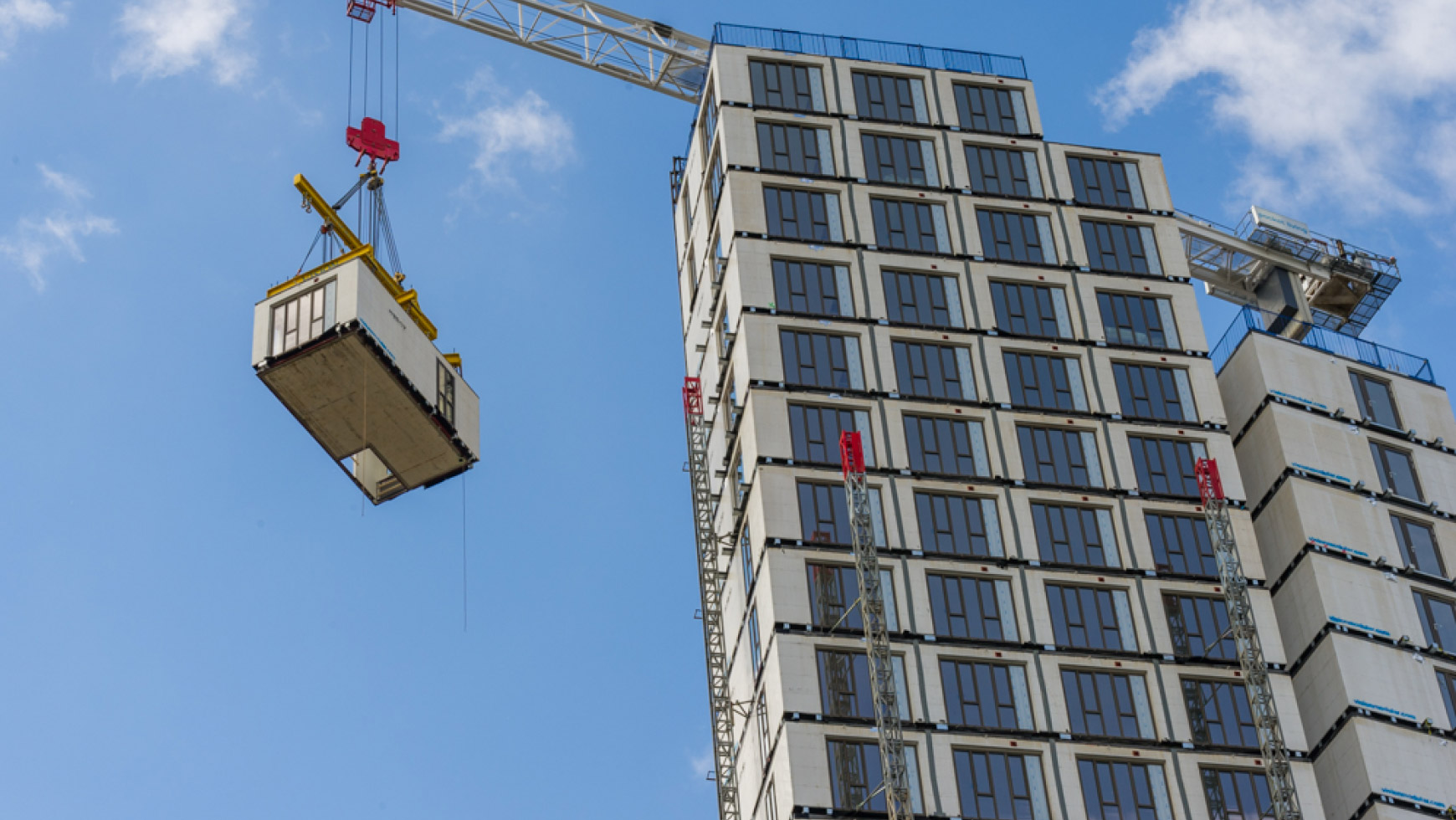
Our faster programmes ensure that developments open on, or ahead of, time, allowing clients to benefit from rental incomes and a quick return on initial finance. This in turn helps to reduce the interest costs on ongoing development finance and increases internal rate of return (IRR).
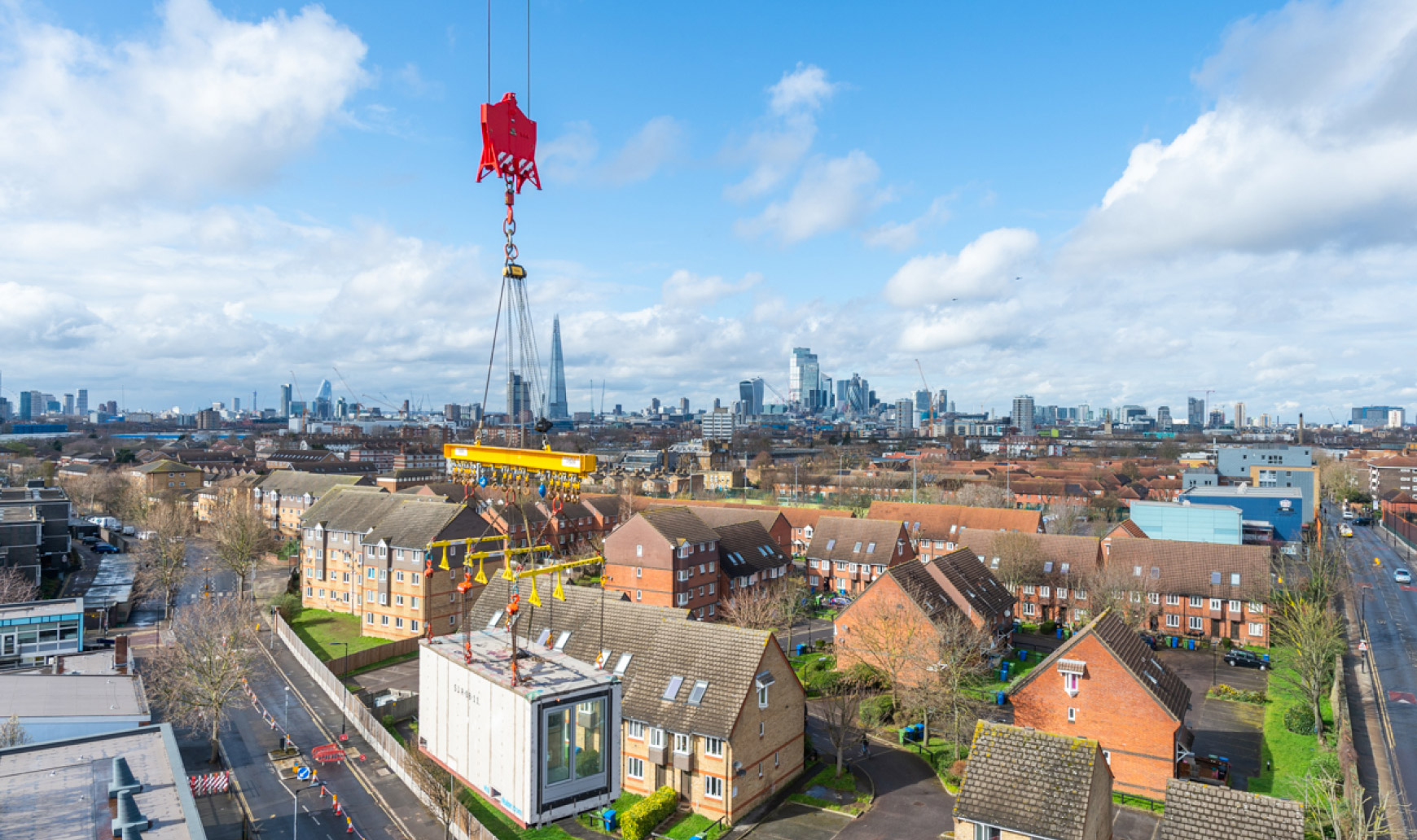
Not only do investors get an earlier return on their investment, they also get to phase the handover because of the minimal disruption on site. By the time we start installing volumetric units, it becomes an ‘installation site’ rather than a construction site.
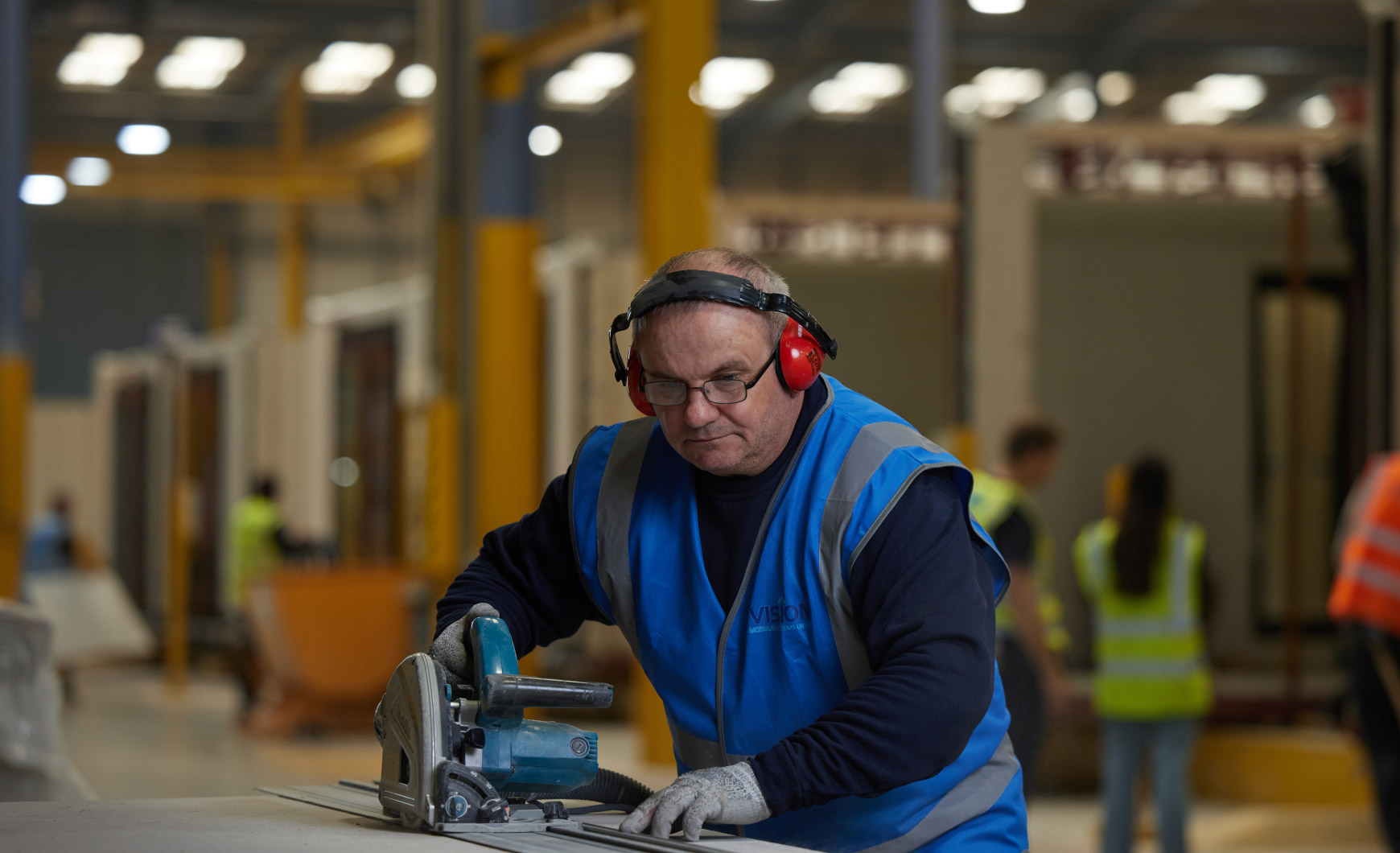
Our factories offer workers a safe, clean, temperature-controlled environment. Crucially it reduces site personnel by up to 60% and transfers high-risk work at height to the safety of the factory floor.

The system has undergone both elemental and full-scale fire testing. Walls provide 120 minutes of fire resistance as standard, but can be designed with 180 minutes or higher. Concrete floors provide 90 or 120 minutes of fire resistance as required, and windows and doors are all fire-rated. External walls and facades are fully non-combustible. Our buildings have also been seismically tested to demonstrate they can withstand a magnitude 8 earthquake and are resistant to resonance vibration.
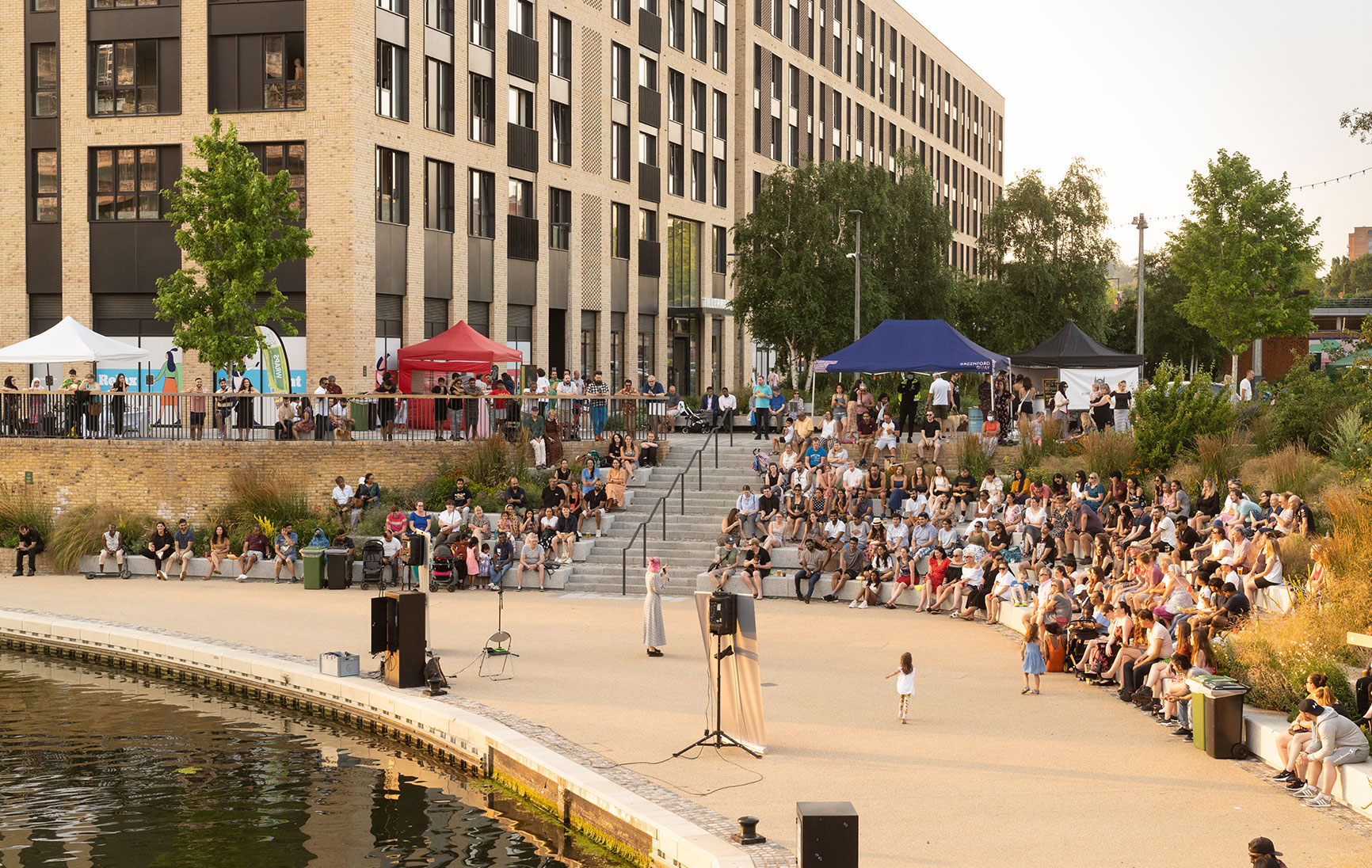
Our buildings meet the highest air quality, thermal and acoustic standards – all vital for health and wellbeing. They are 70% more airtight than UK building regulations, 5dB more soundproof than acoustic regulations and CWCT-tested for watertightness.
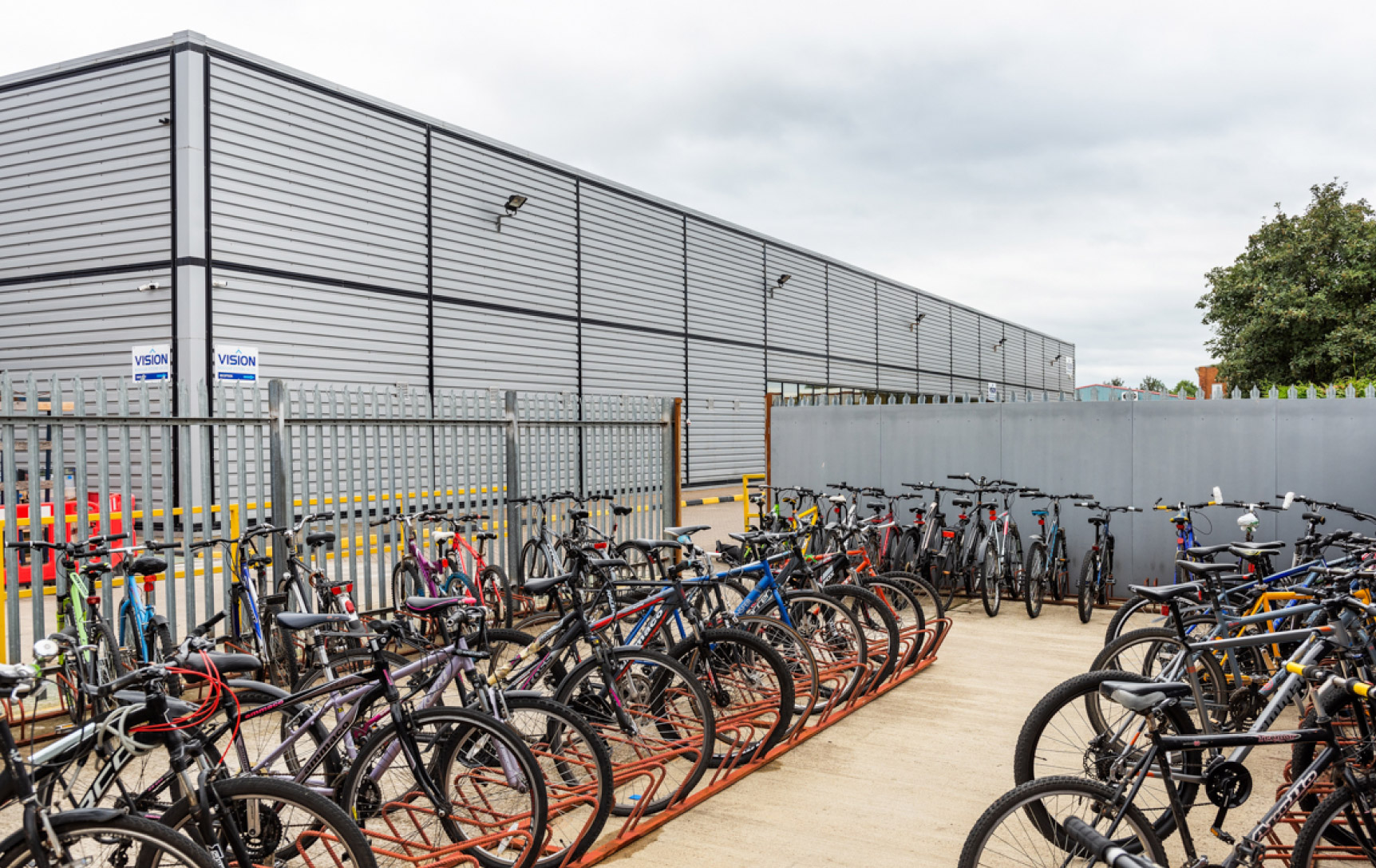
Our factory-based approach allows us to provide stable, long-term jobs and a less transient construction workforce. Over 90% of our team live within a three-mile radius, and over three-quarters have been with the company for more than three years.

By operating in a clean, safe, temperature-controlled environment, we can attract a wider pool of workers, which is vital to easing the construction skills crisis. The average age of our team is 35-40, compared with 45 across the UK industry. We are committed to upskilling our workforce, providing bespoke training for all our processes.
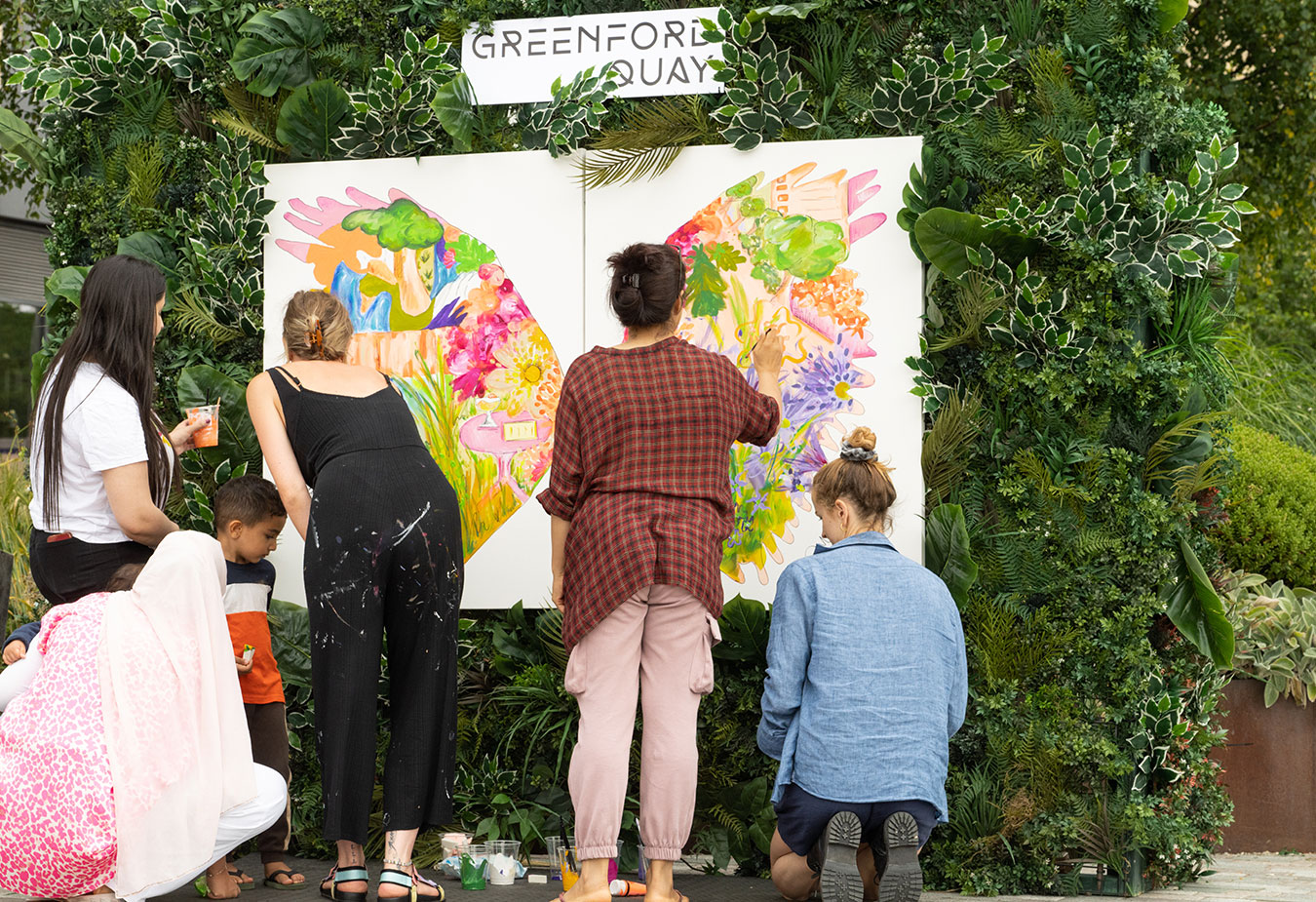
We don’t just build homes, we are creating sustainable communities. Our high-quality, energy-efficient housing forms the basis of great places to live, with enhanced public realm and thriving businesses.
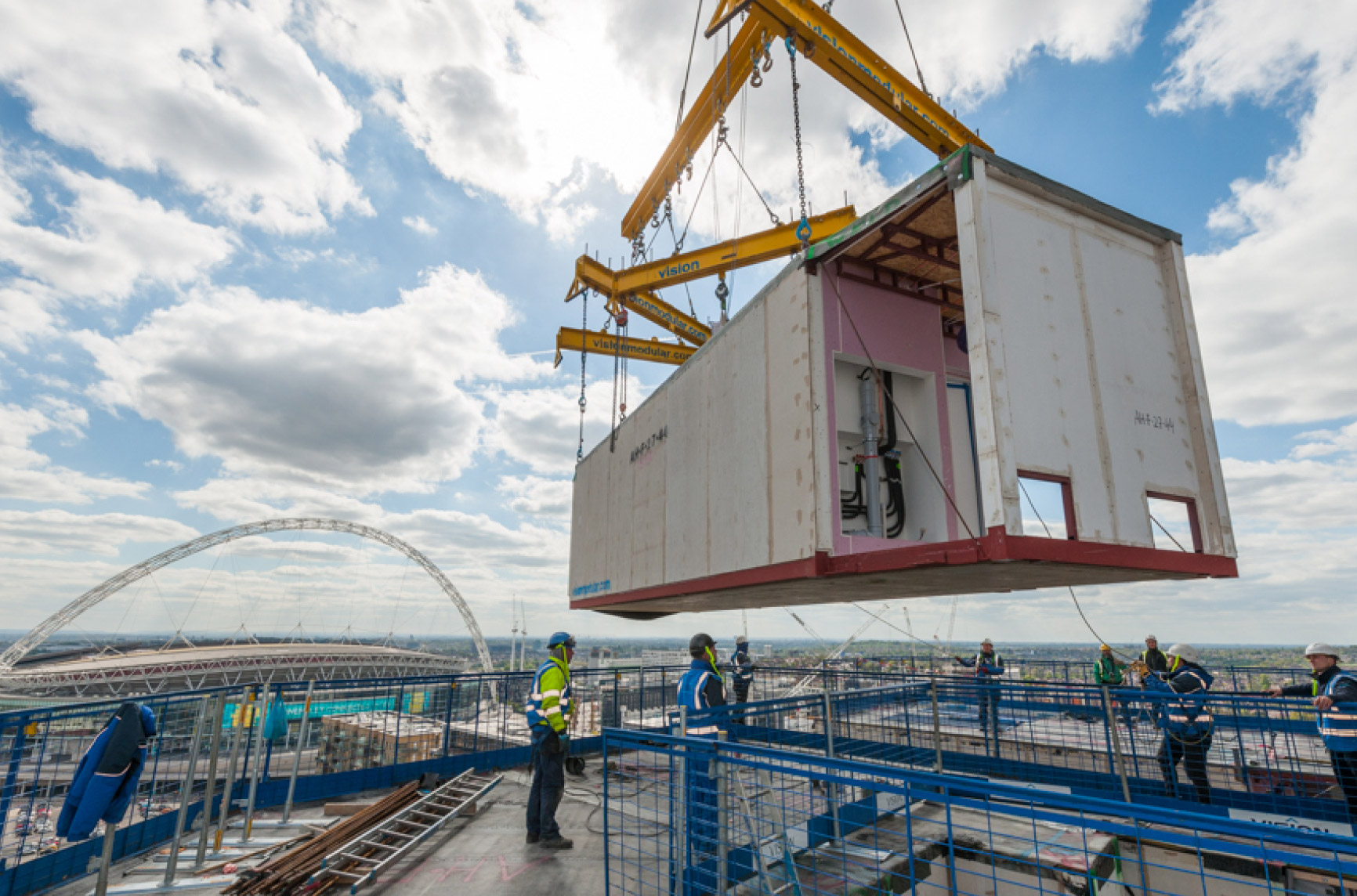
Vision embraces the principles of the circular economy. We design out waste, maximise recycled content and use durable materials to give our buildings the longest possible design life. The volumetric process offers the possibility of future disassembly so its components can be repurposed for a new role.

Our streamlined process minimises carbon-intensive materials, waste and vehicle movements. According to independent research on four recently completed buildings, all have embodied carbon values lower than the RIBA 2025 benchmark, and one, delivered in 2020, surpasses the RIBA 2030 benchmark.
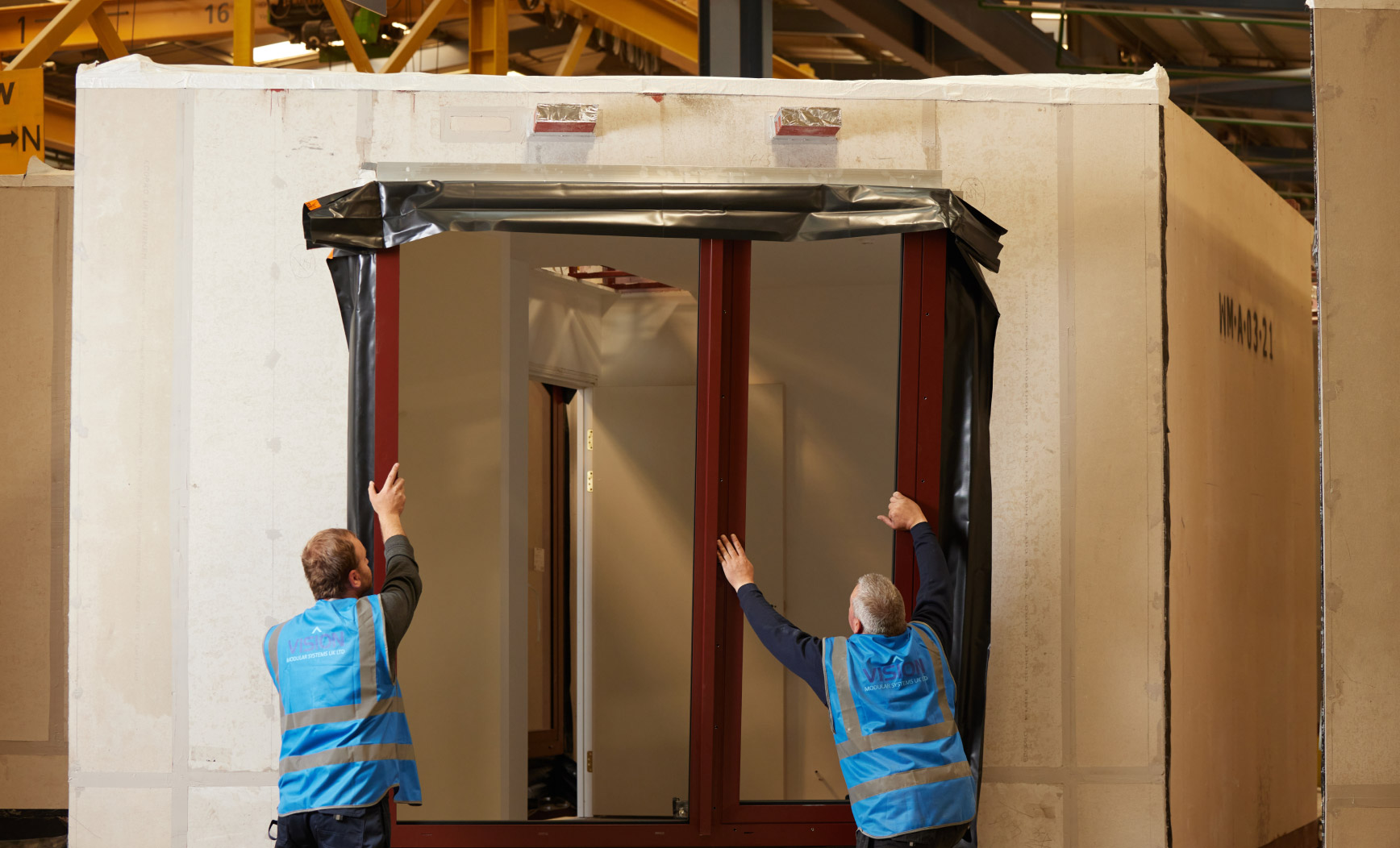
Our Bedford factory is powered by low-carbon energy sources. We operate circuit Eco LED lighting throughout and have a ‘power off’ strategy to enhance energy savings.
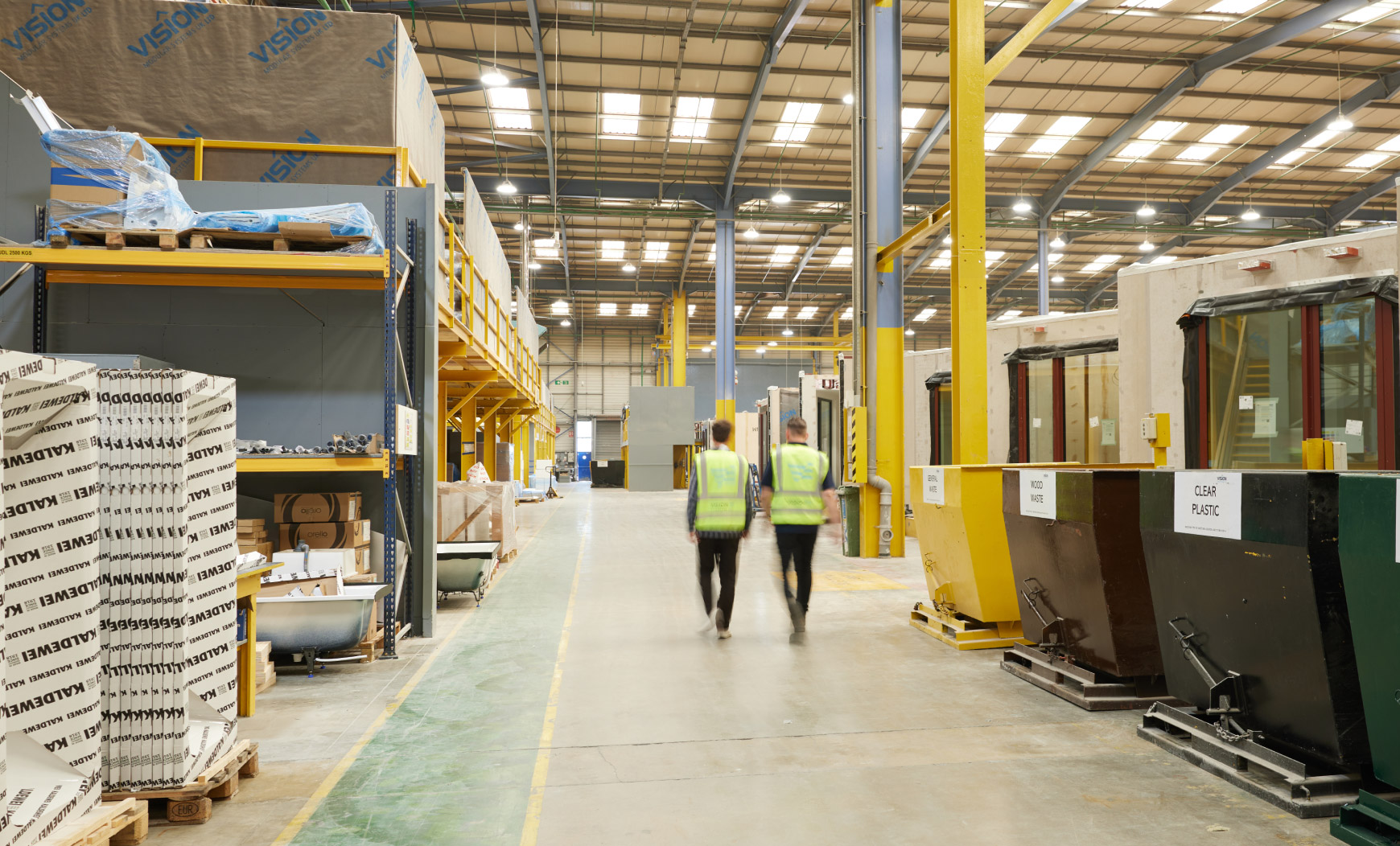
Waste produced equates to less than 3% of the weight of the overall volumetric unit. Where factory waste is generated, over 99% is reused, recycled or used in energy recovery. Compactors further reduce skip collections by 25%. Up to 80% less waste is generated on site, and 99% of the remainder is diverted from landfill.

The system is based on a lean, efficient structure, and the design process is front-loaded, with every aspect agreed before work in the factory begins. This means we can accurately quantify materials and order them to size from our established supply chains.
Volumetric systems have a critical role to play in addressing some of the most urgent issues facing society.
The Vision system offers a less energy- and resource-intensive way of building. It can halve embodied carbon and drastically reduce the energy consumed in production. More than 99% of factory waste is recycled or used for energy recovery.
47-62%
UK government target for reducing carbon emissions from buildings by 2035
3.5 million tonnes
annual carbon emissions emitted by UK construction waste
Vision can help to ease the chronic shortages in the UK housing market with rapid, high-quality, sustainable delivery at scale and with less disruption to surrounding communities.
450,000
homes needed each year over the next 25 years to wipe out the current UK deficit
370%
rise in house prices since 1998
Cities around the world are facing exponential growth over the coming decades. Volumetric construction will be a vital tool for providing homes in fast-growing urban centres.
70%
proportion of the world’s population living in urban areas by 2050
1.5 million
current weekly growth of the global urban population
By offering long-term, settled jobs, training and regular work patterns in a clean, safe, appealing environment, our approach encourages higher participation across all ages and genders. It is also inherently more productive, as the controlled factory setting makes it easier to supervise workers and safeguard quality.
120,000
Fall in UK construction workforce 2019-2022
225,000
extra workers needed by 2027